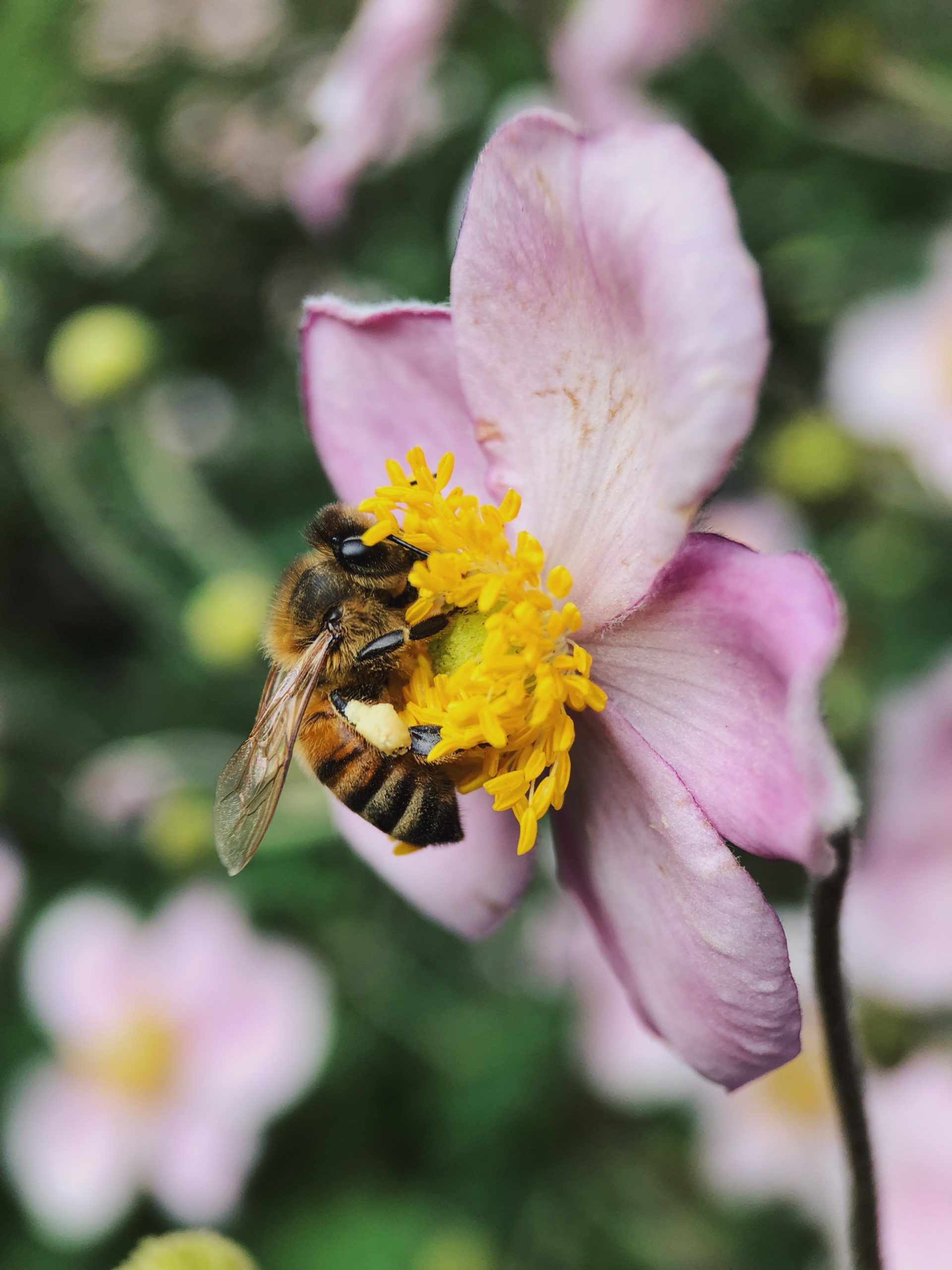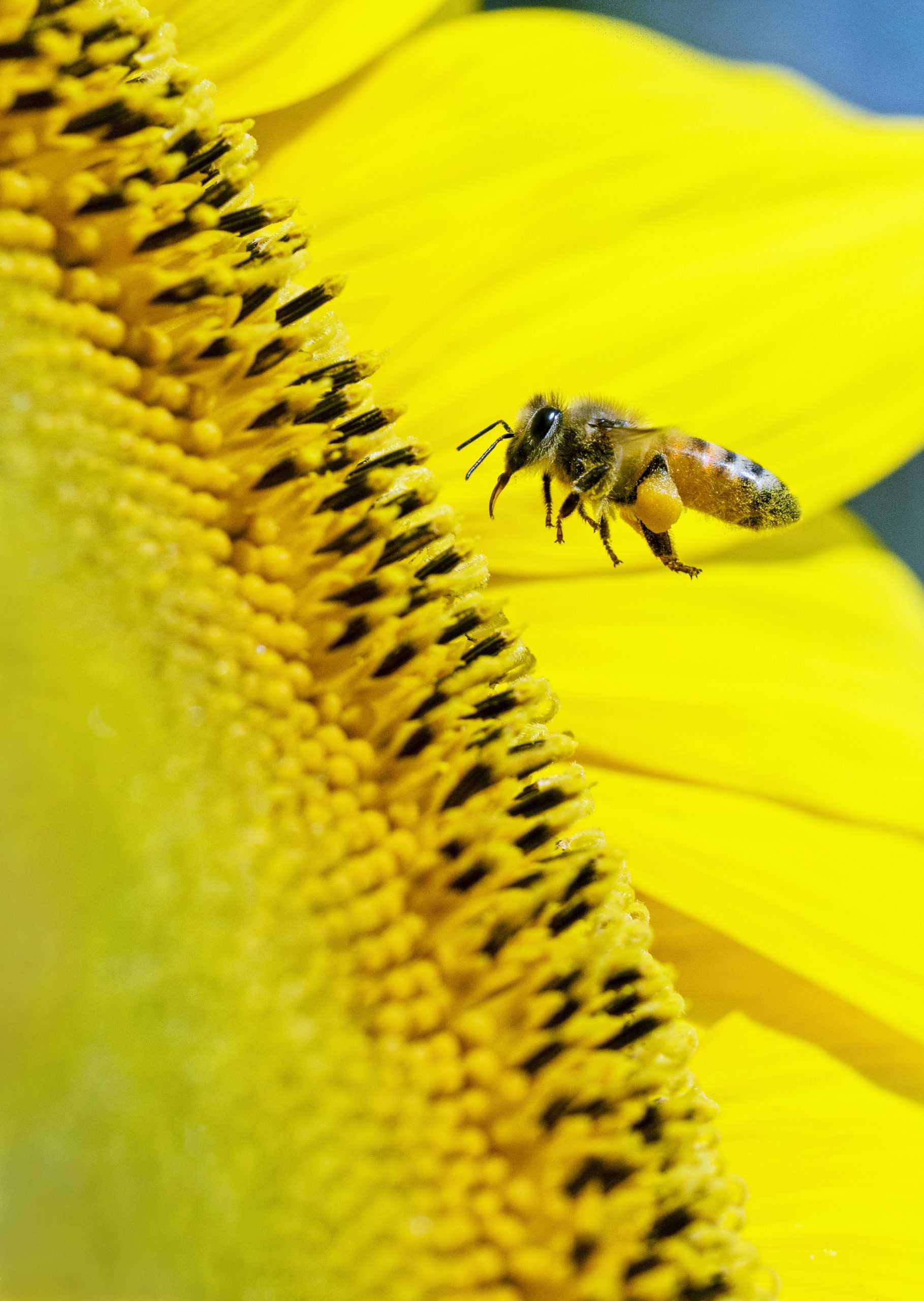Our HoneyBee’s & Hives

Honeybee’s are one of the most important aspects of nature as they spread pollen around that pollinates a very big amount of plants that we humans rely on to survive. Without them most things will die out and not grow.
One honeybee on its own is a very simple creature but together they form complex social societies. Here are 3 types:
Queen Bee: Purely for reproduction and making sure there are enough bee’s to grow the colony each day. She can lay up to 1000-2000 eggs per day. They become queens by getting fed special diet of “Royal Jelly”, which changes them into queen to reproduce.
Worker Bee: They are the backbone of the hive, they collect the pollen and nectar, build the hive and defends it. They will mostly eat “Bee Bread” which has lots of protein they need to do hard work each day.
Drone Bee: Also just for mating, When the queen bee is ready to mate she flies up very high into the air so that only the strongest drones can reach her, this ensures only the best genetics get preserved.
Bee’s start their journey by flying around to many flowers to each day and collects pollen and nectar from flowers.
The pollen is detached from the flower by them nibbling on it and get caught on the hairs all over their body. As they collect more and more pollen they move it to their back legs (cobicula). They squish the pollen into a ball together with saliva and nectar, they can fit almost around 1670000 pollen grains into each cobicula, which is 1/3 of their weight. Pollen is used to make “Bee Bread”, which i fed to worker bee’s, so they can perform certain tasks. Also stored with in the hive and added to the slots where the larvae is forming, so they start eating on bee bread from very very early on to produce worker bee’s.When they move from flower to flower they spread the pollen around to other plants that needs it.
Nectar on the other hand is used to make Honey. The have a special stomach that they store the nectar in, which can take long to fill up with nectar. They can carry as much nectar as they whey, very impressive. When they get back to the hive they pass the nectar on to other bee, their nectar stomach has special enzymes that turns the nectar into honey, by forming special sugars with these enzymes. After its done they load it into a slot, they fap their wings to evaporate some of the water inside it, this where honey becomes so sticky. They cap the honey with beeswax cap and leave it there for save keeping. One hive can produce up to 50kg of honey each year.

